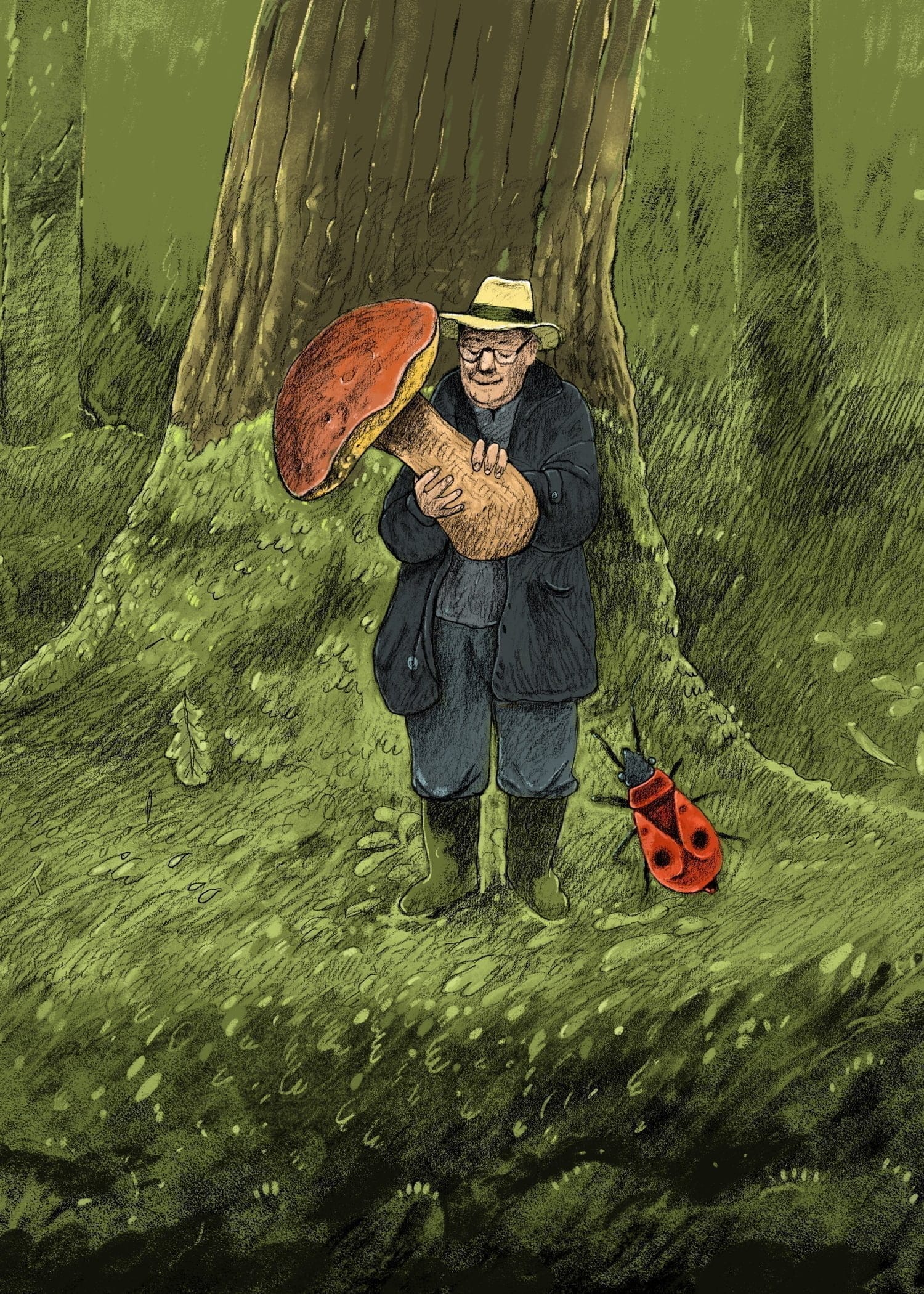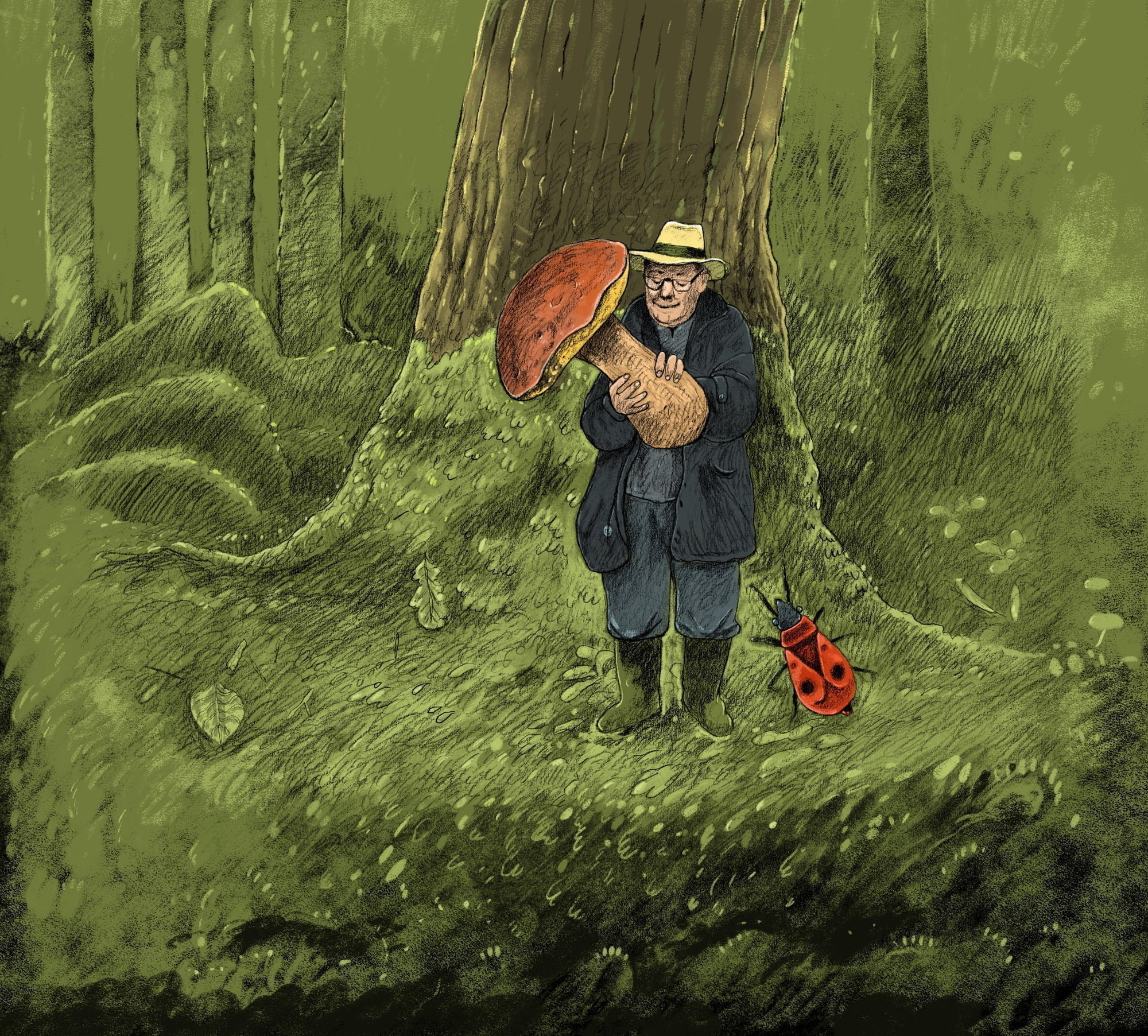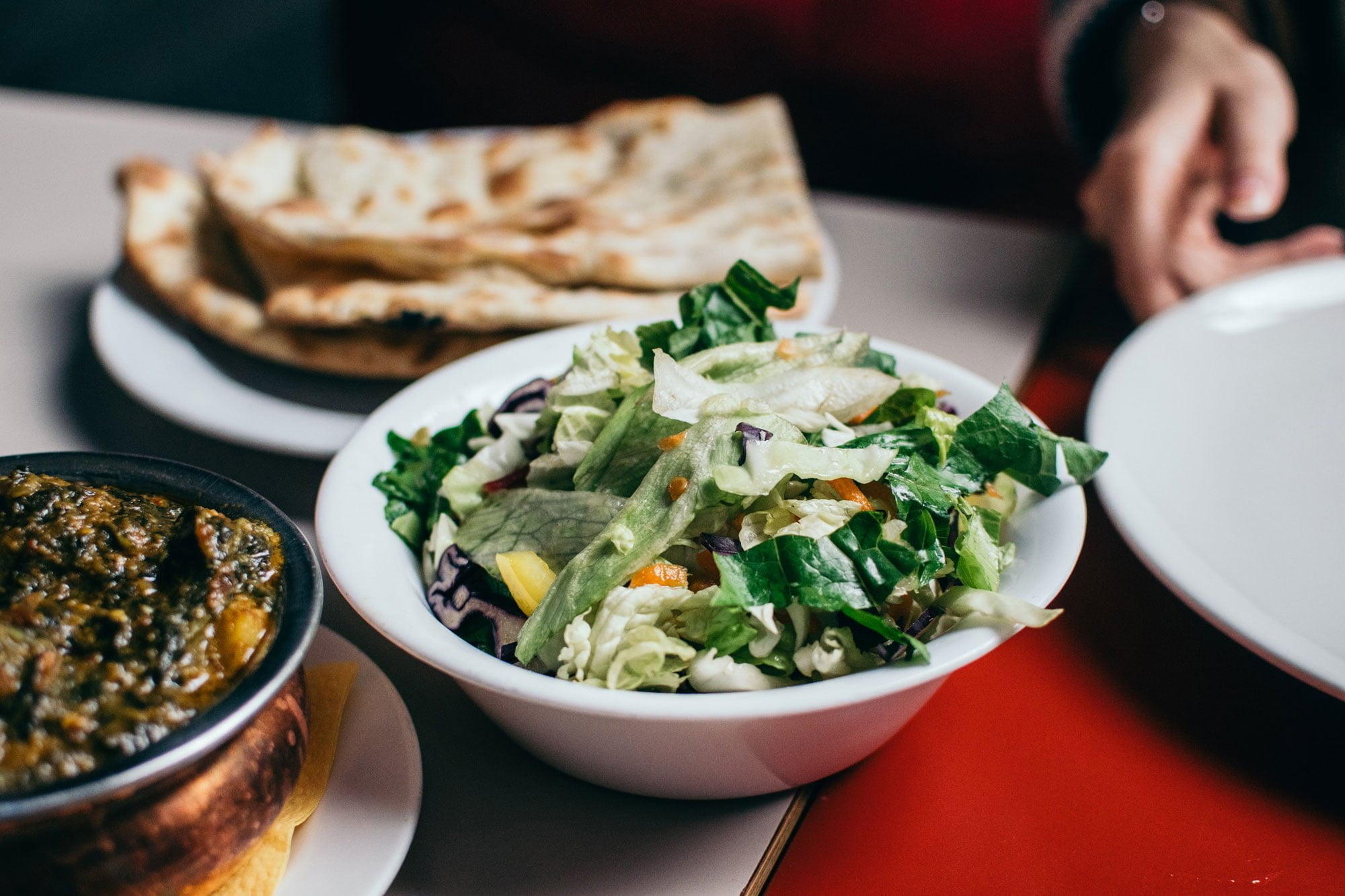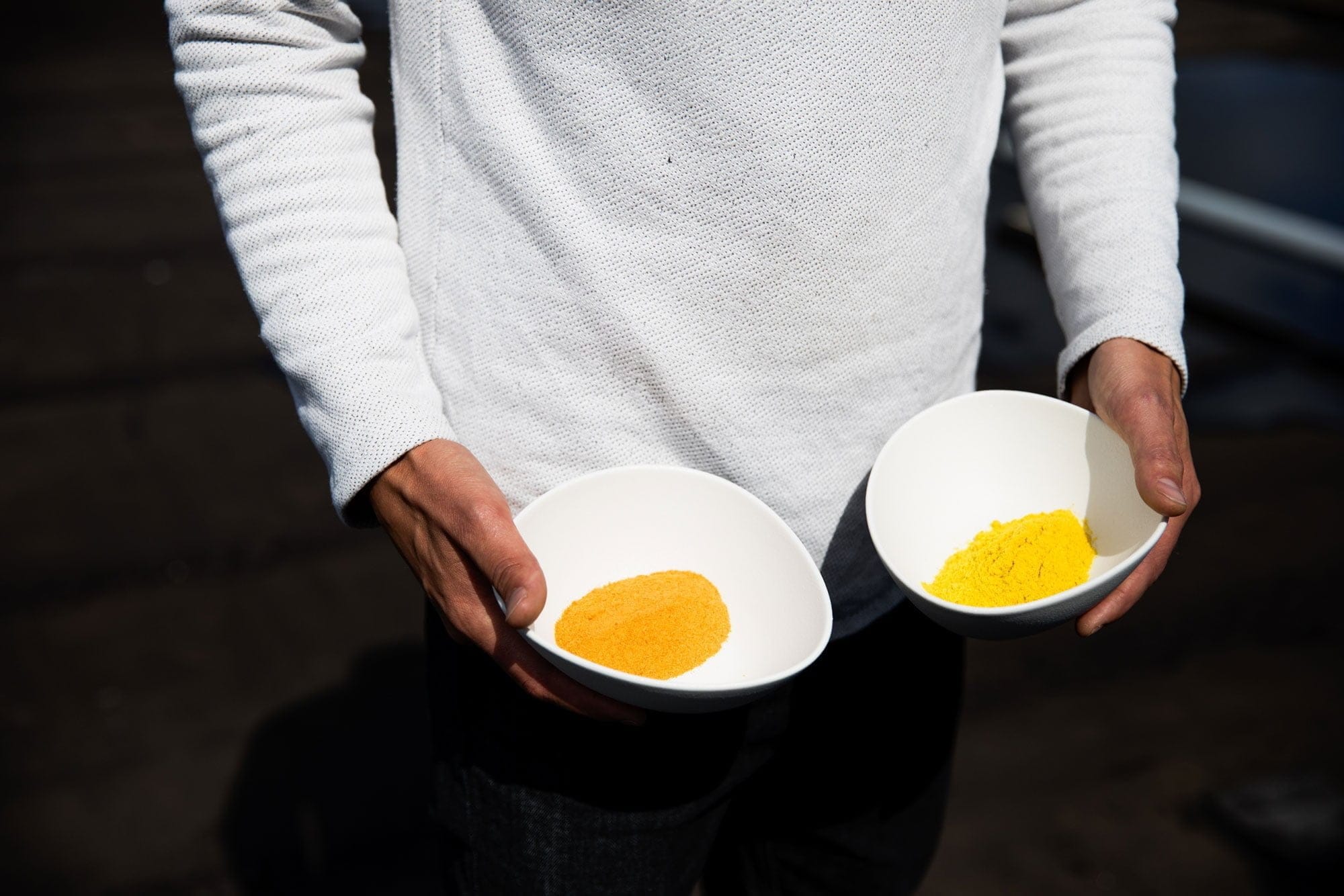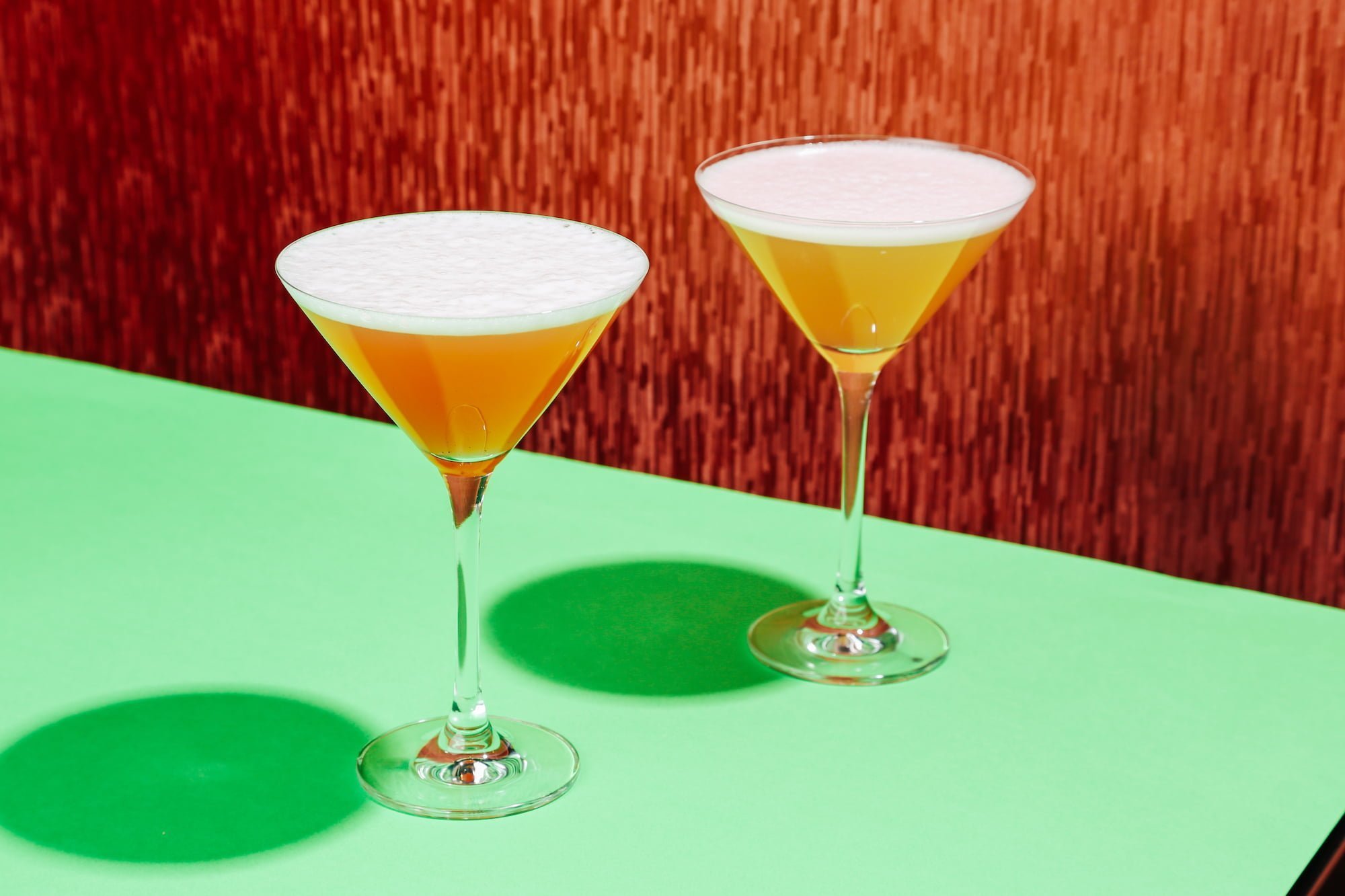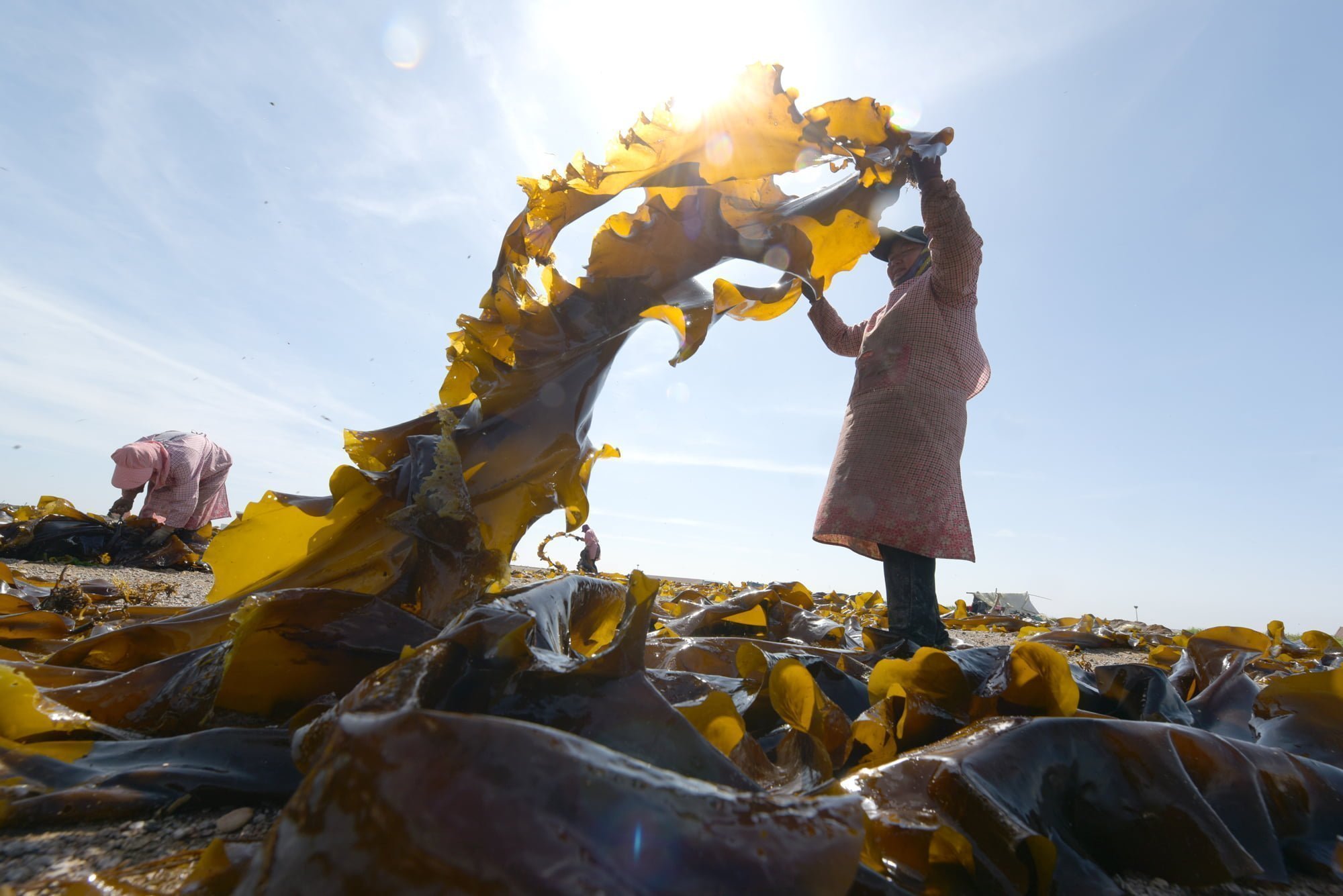What better way to discover all that nature provides than to go out and find yourself some wild food? Based in the south of England, naturalist and avid forager John Wright describes the fun of finding your own food and the surprising delights growing outside, even in the heart of winter.
How did you get into foraging?
It was fungi that first got me interested. I encountered a fungus and was annoyed that I didn’t know what it was. So I took it home, bought a book and managed to identify the species. I’ve carried on ever since. I started teaching evening classes and then was lucky enough to get involved in the River Cottage cooking programme. Now I lead mushroom forays and I’m currently working on my ninth nature guidebook.
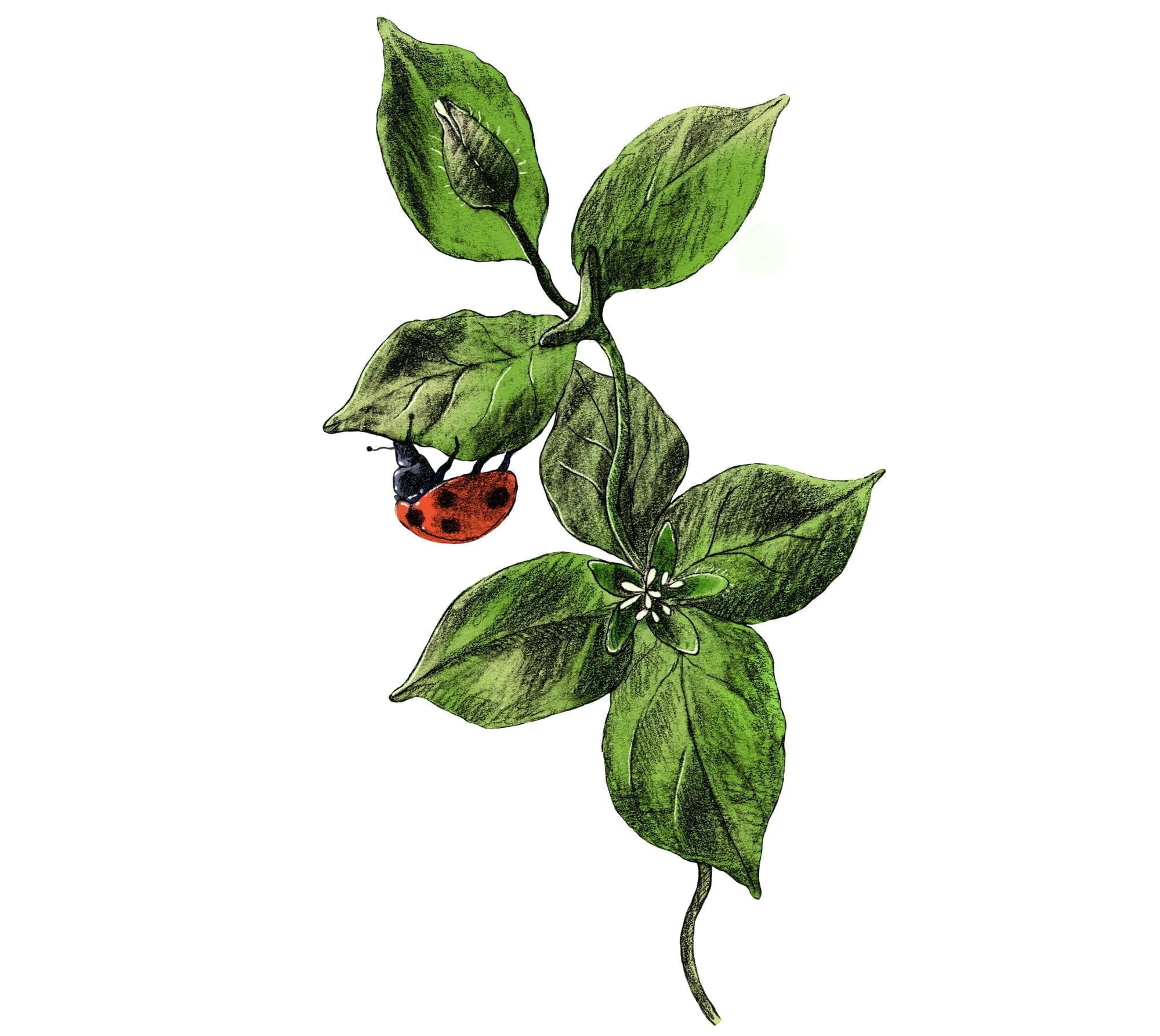
Chickweed
What’s the appeal of finding wild food?
It’s a gentle way for people to go out and engage with the natural world. Finding food is a natural instinct. I have friends who take people on grassland identification days or they focus on lichens or insects, and I don’t think they get near as many people as I do. People are more interested when it’s about food. Finding food is a fun part of the day but there’s so much more to it. It’s the natural world itself that’s much more interesting than dinner! I’ve actually seen people in tears of joy by the end – saying it’s the best day out they’ve had for 20 years. It’s their interaction with the natural world that has changed and they feel that.
“My main mission is to make people walk slowly and look”
John Wright
What do you hope to achieve?
My main mission is to make people walk slowly and look. If they want to find something they have to slow down. Of course when they slow down they’re actually looking at everything. It makes a big difference. The more people get to know things, the more they come to appreciate them. And the more they appreciate them, the more they come to love them. They become interested in protecting these habitats.
What’s your favourite foraged food?
Dulse – a kind of seaweed. I eat it every day. I collect it, dry it and grind it into a powder. Then I mix it with dried powdered mushrooms and dried onions and celery. I use it as a seasoning. You can stir it into a sauce, or anything. It’s better than a stock cube. Dulse is also very good sprinkled on top of fish dishes. It’s a high-quality protein and is a natural source of iodine – which is something a lot of people lack. It’s very good for you.
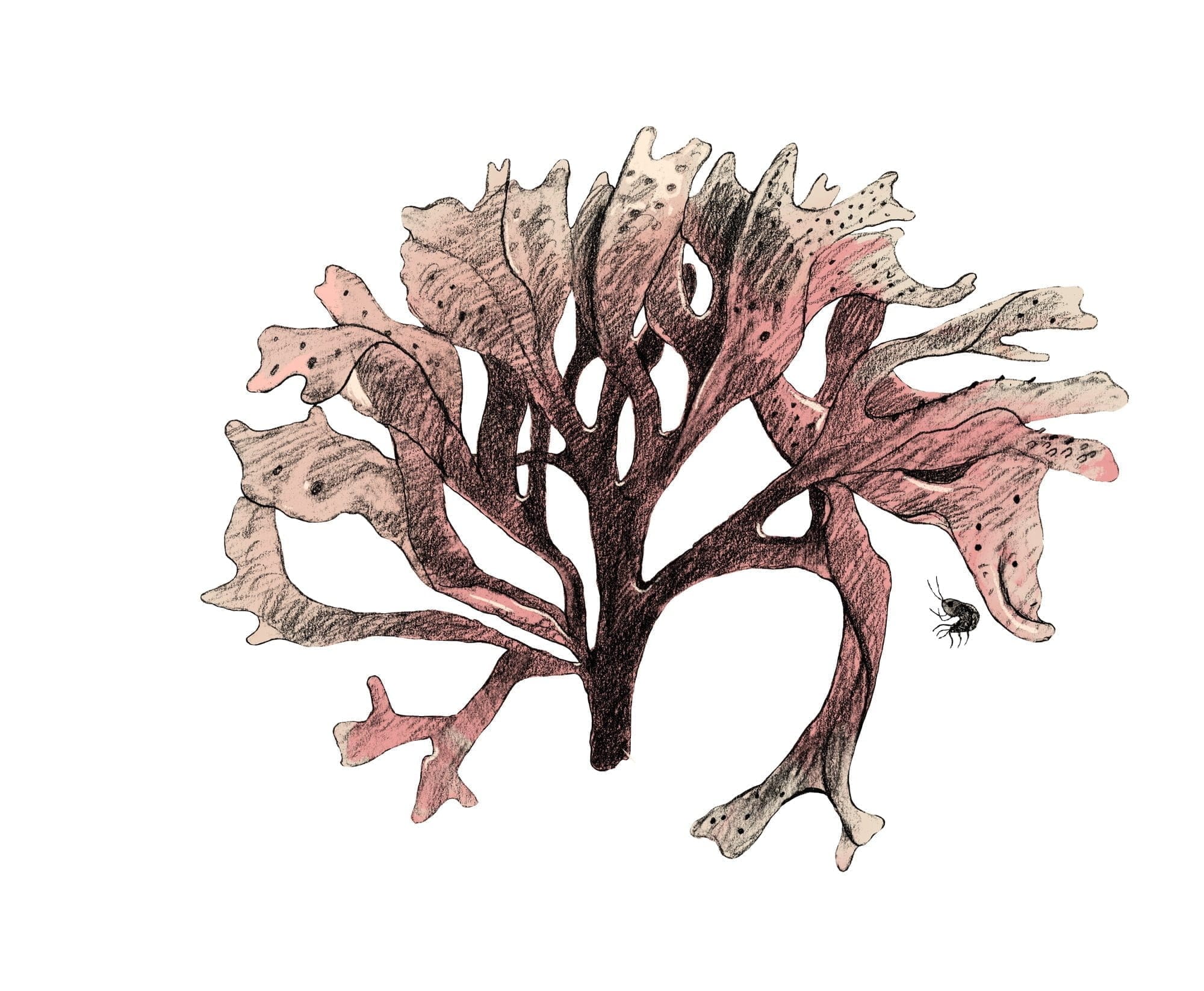
Dulse
Once I also found a whole patch of ceps in the New Forest, where I often go foraging. I simply turned a corner and the mushrooms were everywhere. Really big ones, about 25-30cm across. That was a magical moment. They don’t normally grow so big because they get picked. I sometimes see people with baskets of hundreds of tiny mushrooms – and they haven’t produced any spores yet. You should pick them when they’re bigger, and only pick a few.
How does foraging change the way people think about food?
They suddenly find out how difficult it is to find food. Traditional cultures have a history and culture of finding food and they’ll have their spots where they know what to find at what time of year, but here people go out into a forest or field and think there must be so much to eat, but that’s not the case. In a wet summer, there will be lots of mushrooms in the woods, but you have to really know what you’re doing [some mushrooms are extremely poisonous].
“Take a bite and it starts off as quite nutty and nice and then all of a sudden your mouth will burst into flames. The flavour is quite astounding”
John Wright
The pickings are much easier at the seashore, where there’s plenty of seaweed, mussels, winkles and cockles. Foraging shows people how lucky we are to have so much food around us in our daily lives.
What can you find in winter?
While September is the best season for finding food, winter foraging is quite entertaining. There are three things you can usually expect to find. Black mustard is a member of the cabbage family and tastes incredible. It has big, crinkly and quite spiky leaves and is not called mustard for nothing. Take a bite and it starts off as quite nutty and nice and then all of a sudden your mouth will burst into flames. It has a very complex flavour that’s quite astounding. I’m surprised you don’t find it in posh restaurants.
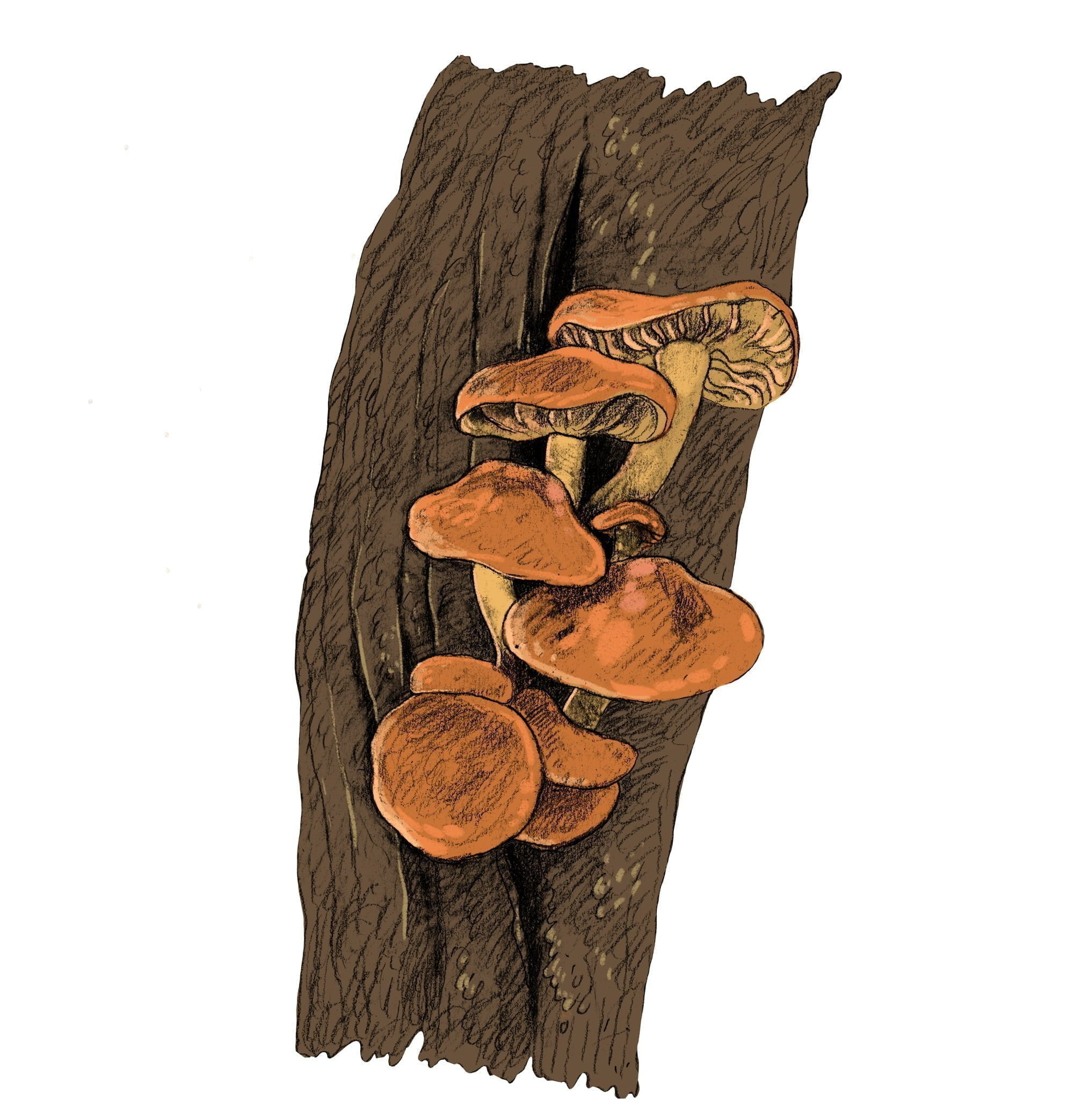
Velvet shank
You can also find Alexanders. Originally from Greece or the Middle East, they’re a bit like celery but because they’re wild, they tend to be quite fibrous. They have a powerful aromatic flavour, with a bitterness as well. You can use them as a flavouring for soups or it’s sometimes also candied. It’s one of the few things that grows vigorously in the winter.
Then there’s the velvet shank. This mushroom has a brilliant orange colour and grows on trees in dense tufts. The stem is too tough so you just eat the cap. It’s fairly easy to identify, partly because there are few other things that look like it that grow at this time of year. It’s fairly safe, but you always need to pay attention.

Jelly ear
Another kind of mushroom, the jelly ear, grows on elder trees and is common in milder, wetter winters, although it also survives a frost. I would recommend it, although it’s not to everyone’s taste. It’s usually found in Oriental cuisine and adds texture to a stir-fry. You might also find three-cornered leek, which has a garlicky flavour.
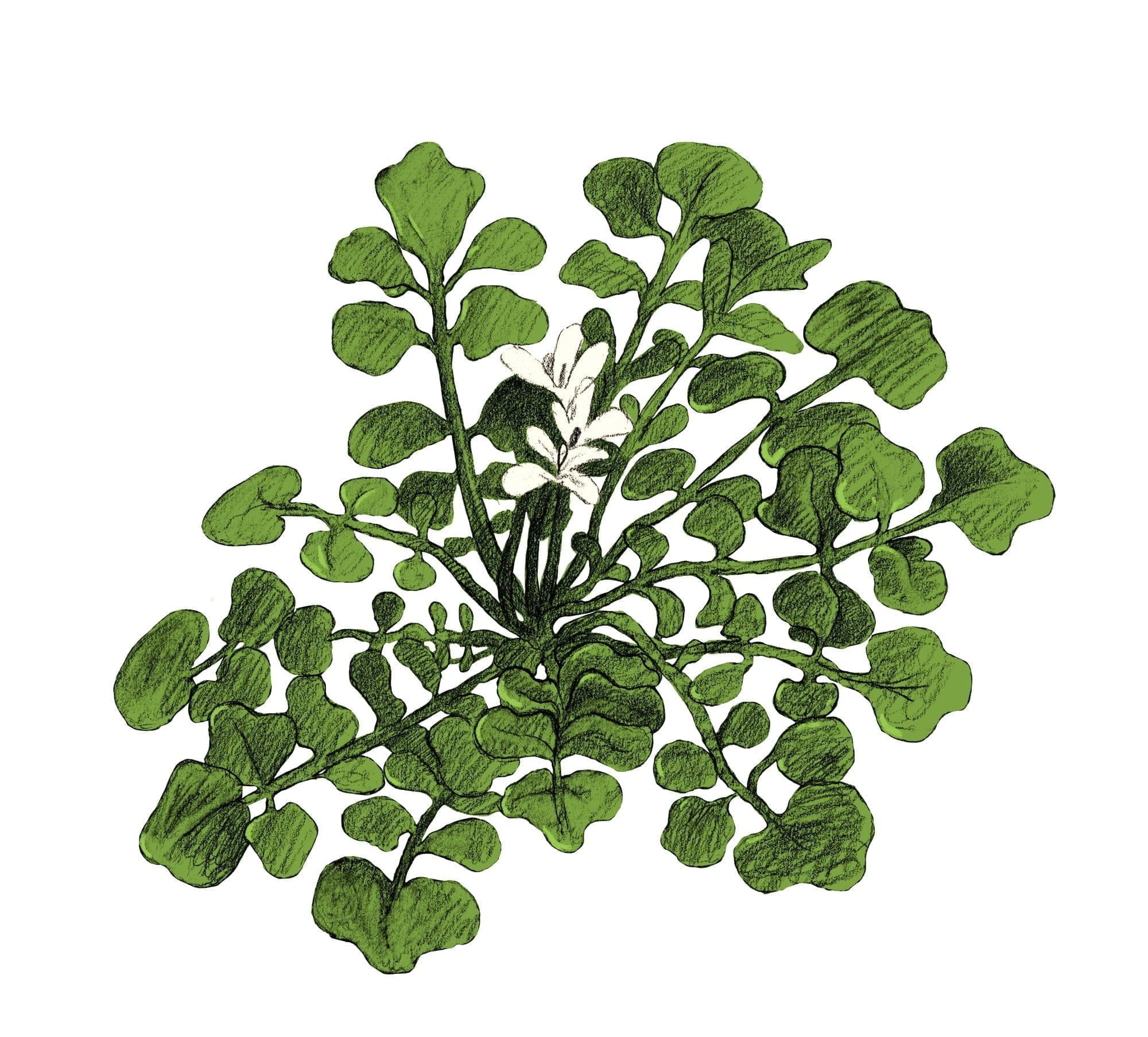
Bittercress
Your top tip for beginners?
Start in your back garden, or in your local neighbourhood. I was in the middle of the city of Leeds recently and saw three or four foragable foods on the roadside. It may not be the greatest idea to forage from roadsides, you have to choose them wisely, but it’s still fun to see what you can spot and it helps you learn. I saw some chickweed and hairy bittercress and there was a birch tree for birch sap in summer. Also, if you’re interested in mushroom hunting you don’t need to know all 7,000 species. I list 20 common, easy to identify and tasty wild fungi in my book to give people a start.

John Wright
Foraging guidelines
- Seek permission from the landowner and check local regulations. for by-laws.
- Do not eat anything unless you’re 100% sure of its identification, especially when it comes to mushrooms.
- Pick no more than half of what you find and be careful not to damage the habitat.
- Enjoy!
What to find, when
You can find food all year round if you know what to look for. Check out John Wright’s handy guide for beginners: The Forager’s Calendar: A Seasonal Guide to Nature’s Wild Harvests.
Get the bookWow, in Poland everyone does it. Whenever I’m in any Western European country, people look at me like I’m crazy and say I’m gambling with my life 😂. Well, if you know what to do they’re delicious!
It is one of the greatest hobbies of the Czech nation. Foraging is, in fact, so common, that you are known as an uneducated city rat if you don’t go “mushroom hunting”, blueberry picking and many other forest fruit collecting, at least once a year.
If you encounter insects and bugs that size you better check what mushroom you took.
Hell yes, I love my wild goodies! Overcome the fear and get reacquainted with the foods our ancestors (wherever they may be from) used to eat. Those weeds? Plants that for us in North America came with our great grandparents when they traveled as a means to remember homes they knew they’d never see again, some we outgrew in favor of plants that grew faster or produced more or were more tolerant to adverse conditions. Fungus! We have such a love hate for this organism that’s in a class of its own. Food, medicine or sometimes poison if you learn to tell the difference. They are amazing and I can’t wait for spring! So many goodies about to start growing again has me dreaming of tasty eats. If you do want to learn, remember to be a curtious harvester, take only what you need, use what you take and never clear an area fully.
Just remember that it’s wise to study shrooms/herbs/fruits and their edible types before you go foraging!
Thoughts from our community
We just had a delicious omelette tonight with wild asparagus that we foraged ourselves.
Whenever I’m in the woods, and I see something edible, I take the chance. I love fruits 😁 Here, in Hungary, in villages, most of the people knows what can be picked up. I do it since my childhood. I can’t imagine a healthy life without this.
